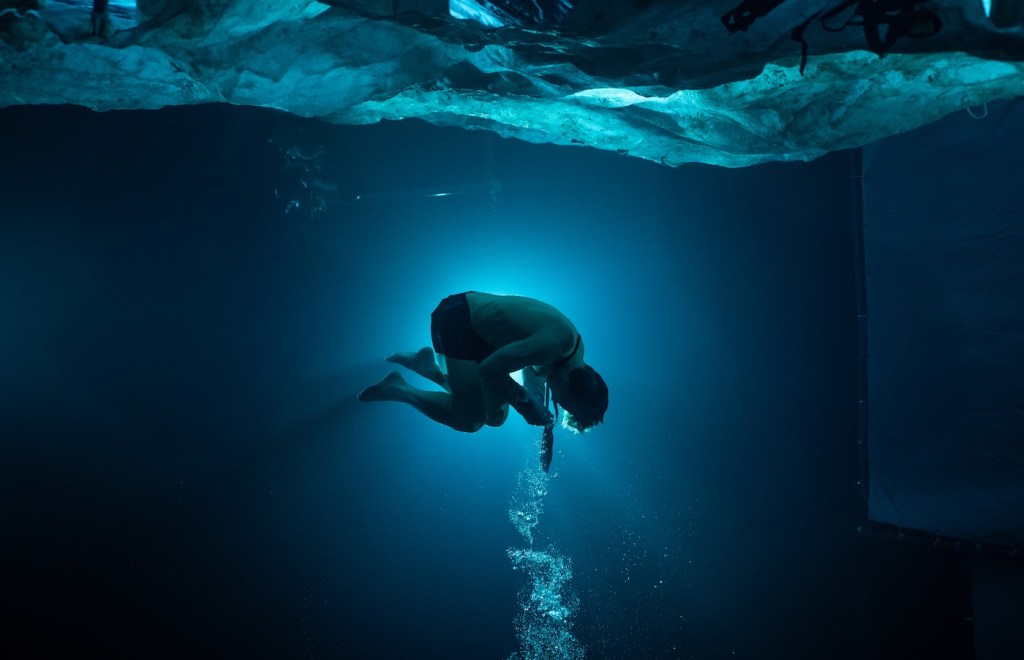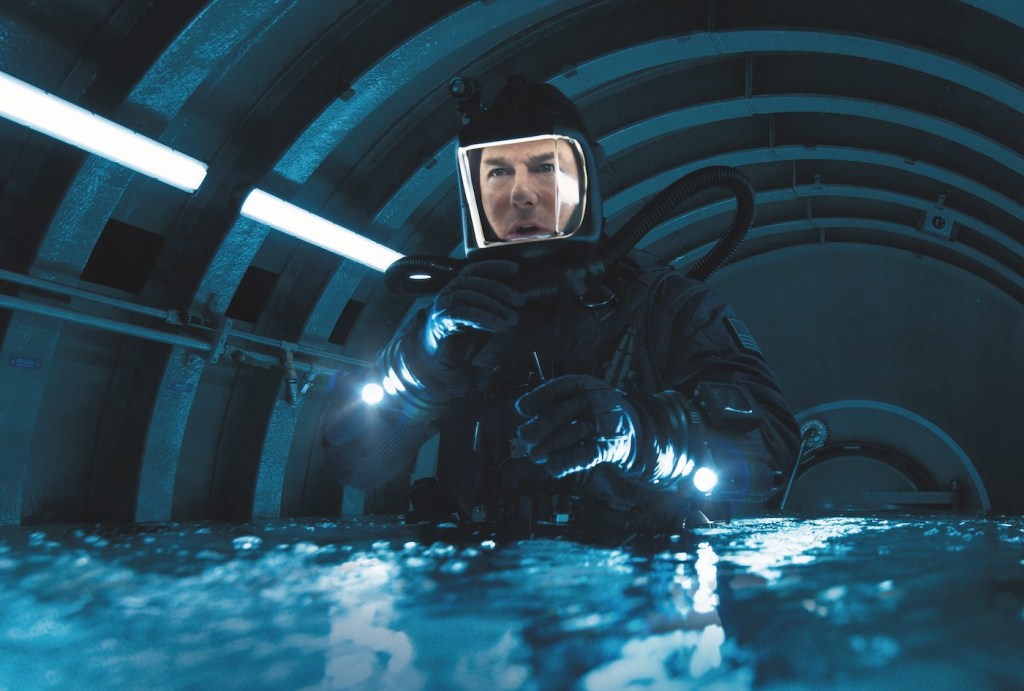This Mission Was Possible, According To Medical Professionals
In the new “Mission: Impossible,” agent Ethan Hunt takes a death-defying dive. Doctors tell us the science of saving real-life scuba divers.
This is an article from our newsletter “Science Goes To The Movies.” To get a story about the science of popular movies and TV in your inbox every month, subscribe here.
 At the end of 2023’s “Mission: Impossible – Dead Reckoning Part One,” we see an ominous shot of a sunken submarine. It foreshadows that agent Ethan Hunt (Tom Cruise) will somehow need to make his way inside to retrieve an item of end-of-the-world-level importance. Now that the sequel, “Mission: Impossible – The Final Reckoning” is out, we can finally see how he does it.
At the end of 2023’s “Mission: Impossible – Dead Reckoning Part One,” we see an ominous shot of a sunken submarine. It foreshadows that agent Ethan Hunt (Tom Cruise) will somehow need to make his way inside to retrieve an item of end-of-the-world-level importance. Now that the sequel, “Mission: Impossible – The Final Reckoning” is out, we can finally see how he does it.
Part of the plan (the impossible mission, if you will) is that Hunt will ditch his scuba gear and swim from the submarine at the bottom of the Bering Sea up to the surface and inevitably get decompression sickness, commonly known as “the bends,” along the way. He’s racing against time, so rapid ascent is critical.
The characters accurately describe why the bends are dangerous, but for Hunt’s wildly extreme brand of spycraft, it’s unavoidable. To give him a chance at survival, his teammates bring a mobile decompression chamber to help him heal after he resurfaces from the death-defying dive.
But would this mobile unit actually work? And if so, why doesn’t every beach with scuba divers have a decompression chamber? Doctors of emergency hyperbaric medicine who regularly use these chambers say that it’s not so simple.

As scuba divers descend deeper into the ocean, increased pressure causes gases they inhale to dissolve into blood and bodily tissues at higher concentrations than they do on land. When a diver surfaces too quickly, nitrogen they breathed in depressurizes and forms tiny bubbles that expand in their tissues faster than the diver can breathe them out. These bubbles can settle in joints, causing the diver to contract their body in pain—literally bending—and can cause inflammation and disrupt oxygen flow to tissues, sometimes severely enough to cause a stroke or even death.
Doctors can treat the condition by putting the diver in a hyperbaric chamber. The chamber pressurizes the air to the level the diver was at when they were underwater, which makes those nitrogen bubbles smaller. Then, the pressure is slowly reduced, allowing them to exhale the nitrogen naturally.
Dr. J. Thacker, co-director of the Department of Hyperbaric Medicine at the University of Nebraska, says that the “Mission: Impossible” solution to the bends might actually work depending on what the mobile decompression chamber was made of. Some commercially sold chambers have soft Kevlar siding, and couldn’t reach high enough pressures to match what Hunt was experiencing in the sub. But, if the chamber was hard-sided, accredited, and operated by a professional, it potentially could safely decompress him, she says, provided, of course, that everything else about the miraculous stunt went perfectly.

Hyperbaric chambers aren’t just for diving accidents—they also help patients with anemia, non-healing wounds, and carbon monoxide poisoning, all conditions that can be treated by some combination of increasing oxygen flow in the blood and pressurizing the body.
In a hyperbaric chamber, as pressure increases, more oxygen can dissolve in the blood. That means that sick patients don’t have to rely exclusively on their red blood cells to carry oxygen—it can dissolve into plasma and flow through capillaries like fluid in a pipe.
Hyperbaric oxygen therapy (HBOT) is used to treat emergencies, like the bends and surgical complications, but it can also be used to treat chronic conditions, like patients recovering from radiation therapy.
“ The oxygen has certain physiological effects, anti-inflammatory effects, the decreasing of swelling, the increasing of the immune function,” says Dr. Jeffrey Cooper, the other co-director of the University of Nebraska’s Department of Hyperbaric Medicine.
Although HBOT is versatile and useful, the availability of emergency hyperbaric treatment is dwindling. According to the Undersea and Hyperbaric Medical Society (UHMS), there are approximately 1,300 hyperbaric medicine facilities in the US, but fewer than 10% of them accept emergency patients. Thacker estimates the number may be as low as 15 facilities.
Cooper says that cost is a major reason. As members of UHMS, Cooper and Thacker advocate for more resources toward providing emergency hyperbaric medicine. In states where scuba diving is a common pastime, the treatment could save lives.
“ It’s worth being in the red on that department in order to provide this good care,” Cooper says. “But a lot of hospitals haven’t made that decision.”
May is hyperbaric medicine awareness month, but you don’t need that excuse to watch Tom Cruise do what he does best. This film is better than “Dead Reckoning” and offers some context that the preceding movie doesn’t, but what really matters is that the stunts in this one are way cooler.
“Mission: Impossible – The Final Reckoning” is in theaters now.
Emma Lee Gometz is Science Friday’s Digital Producer of Engagement. They write SciFri’s “Science Goes To The Movies” series and are a journalist and illustrator based in Queens, NY.